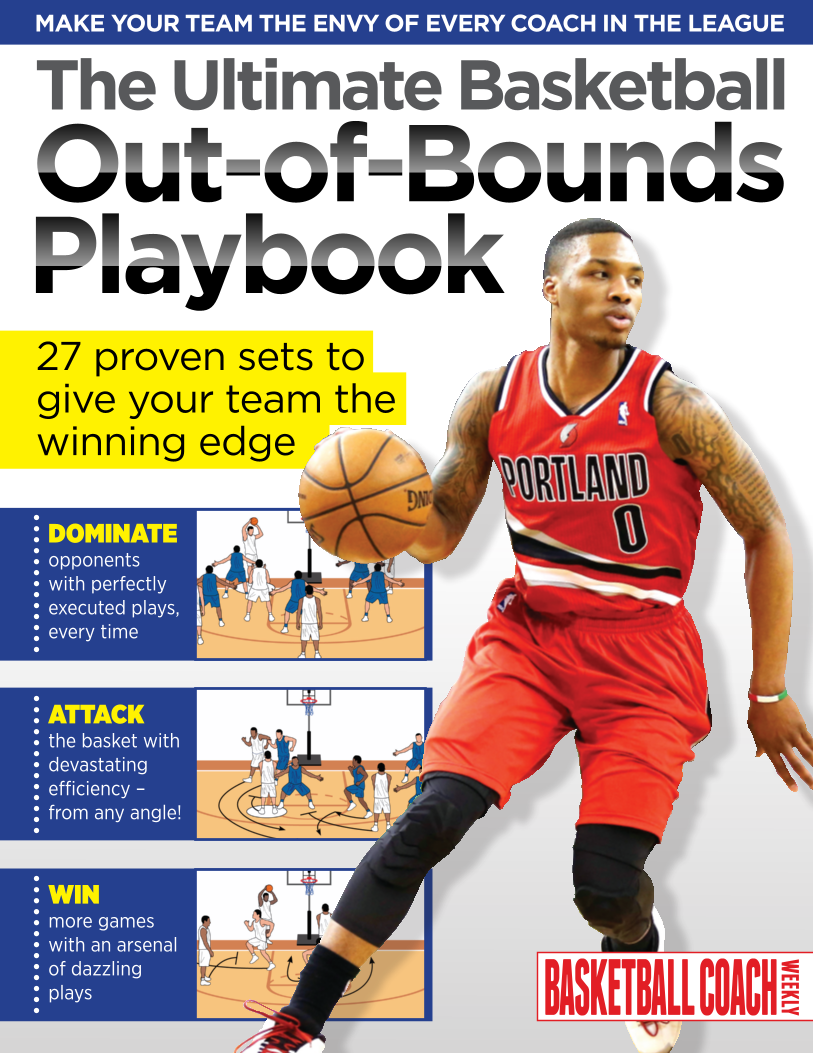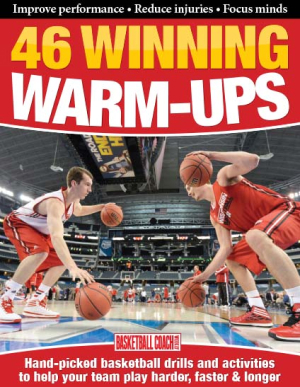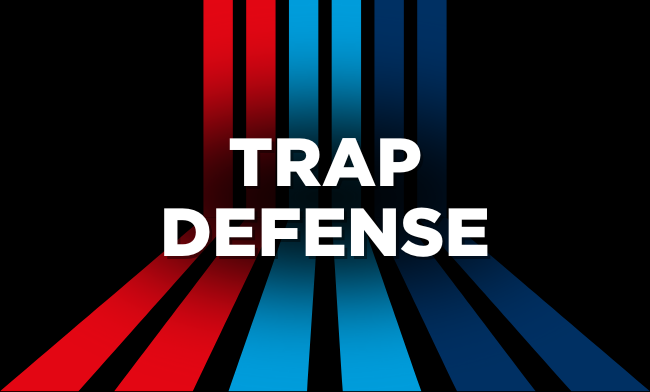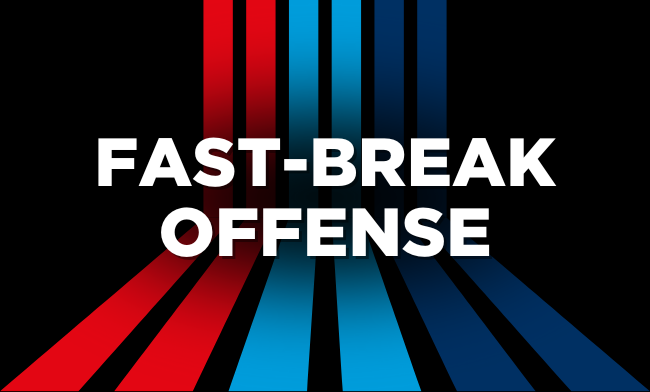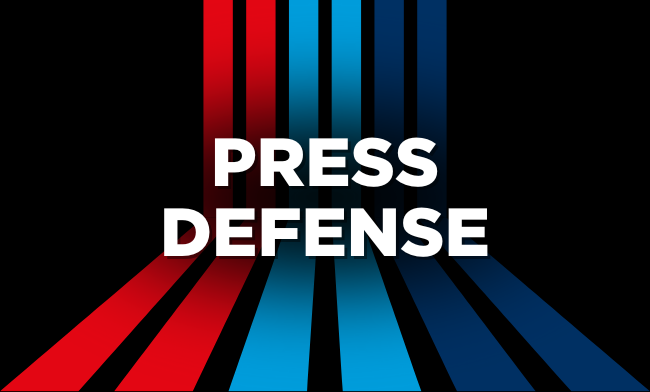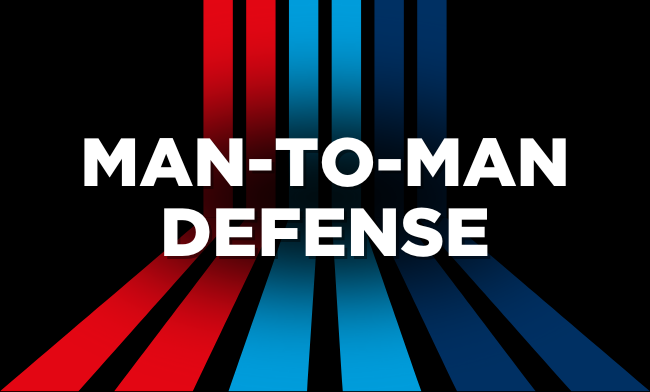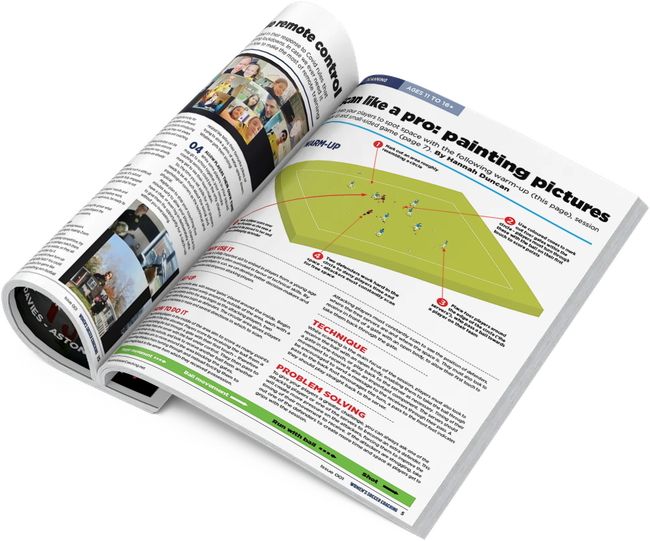Understanding the motion offense in basketball: Strategy, key concepts, and drills
The motion offense is a fluid and dynamic offensive system in basketball that relies on constant player movement, spacing, and teamwork rather than set plays. The philosophy behind this offense is simple: players make decisions based on the defense’s reactions, leading to a more unpredictable and difficult-to-defend offense. It encourages players to read the defense, cut, screen, and make quick passes, all while maintaining proper spacing on the court.
Dive into the key concepts of the motion offense, when it’s most effective, how to coach it, and the best drills to practice this strategic offensive system.
WHAT IS MOTION OFFENSE?
Unlike structured offenses where players run predetermined plays, the motion offense is based on principles of movement and spacing that encourage creativity and decision-making. In this system, players are constantly moving without the ball, setting screens, and cutting to open spaces. The primary goal is to create scoring opportunities by confusing defenders, breaking down defensive coverage, and exploiting gaps in the defense.
Key principles of the motion offense include:
- Spacing: Proper spacing spreads the defense and creates passing lanes and driving opportunities. Players typically maintain a certain distance from one another, often staying around the perimeter or in the post.
- Player Movement: Players move constantly, cutting to the basket, setting screens, or moving into open spots on the floor to receive passes.
- Ball Movement: The ball should move quickly to exploit the defense. The motion offense thrives on quick passes and ball reversals to create scoring opportunities.
- Reading the Defense: The offense reacts to how the defense plays. If the defense overcommits, players can backdoor cut; if the defense switches on screens, mismatches can be exploited.
The motion offense can be used by teams at all levels and is adaptable to different player skills and team dynamics. Coaches can implement different types of motion offenses depending on their team’s strengths.
TYPES OF MOTION OFFENSE
There are several variations of the motion offense, each suited to different types of teams and personnel. Below are a few popular versions:
-
4-Out, 1-In Motion Offense
In the 4-out, 1-in motion offense, four players are positioned around the perimeter, while one player stays in the low post. This version is ideal for teams with strong perimeter players who can shoot and drive to the basket. The post player acts as a pivot, setting screens and looking for scoring opportunities inside. -
5-Out Motion Offense
The 5-out motion offense places all five players on the perimeter, creating maximum spacing and driving lanes. This version works best for teams with versatile players who can handle the ball, shoot, and cut to the basket. Without a traditional post player, the focus is on quick ball movement and exploiting defensive mismatches on the perimeter. -
3-Out, 2-In Motion Offense
In the 3-out, 2-in motion offense, three players operate on the perimeter, while two players position themselves in the post. This setup is effective for teams with strong post players who can score inside, as the perimeter players create passing opportunities into the post. The post players also set screens for perimeter players, creating opportunities for drives and open shots.
WHEN MOTION OFFENSE IS EFFECTIVE
The motion offense is particularly effective in the following situations:
- Against Aggressive Defenses: When defenders overplay passing lanes or aggressively guard ball handlers, the constant movement and cutting in a motion offense create opportunities to backdoor cut or exploit defensive breakdowns.
- For Teams with High Basketball IQ: Since the motion offense requires players to read the defense and make quick decisions, it works best with teams that have a strong understanding of the game and good communication skills.
- To Create Open Shots: The combination of screens, cuts, and ball movement often leads to wide-open shots, especially if the defense is slow to rotate.
HOW TO COACH MOTION OFFENSE
Coaching the motion offense requires teaching players the importance of movement, spacing, and decision-making. Here are some key coaching points:
- Emphasize Spacing: Players must maintain proper spacing on the floor to avoid crowding one another and to create passing and driving lanes. Teach players to move to open spaces and stay spread out.
- Encourage Communication: Players need to communicate, especially when setting and using screens. Good communication ensures that teammates are in sync and can react to the defense effectively.
- Read the Defense: Help players understand how to read defenders and react accordingly. For example, if a defender overplays a pass, the offensive player should backdoor cut to the basket.
- Trust in Movement: Teach players that continuous movement is essential. Standing still allows the defense to recover and close passing lanes, so players must stay active without the ball.
DRILLS FOR MOTION OFFENSE
To successfully implement the motion offense, players must develop strong habits of movement, cutting, and decision-making. Here are a few drills to improve execution in a motion offense:
-
Cutting and Screening Drill
This drill focuses on cutting to the basket and setting screens for teammates. Players move without the ball, practicing different types of cuts (e.g., V-cuts, L-cuts, and backdoor cuts) while learning to time their screens properly. The goal is to create open shots or driving lanes by outmaneuvering the defense. -
3-on-3 Motion Drill
This half-court drill allows players to practice motion offense principles in a smaller setting. The offense works on moving without the ball, setting screens, and passing quickly to find open teammates. The limited number of players makes it easier to focus on timing and spacing while still reading the defense. -
5-on-0 Motion Offense Drill
In this drill, all five offensive players run through their motion offense without a defense. The emphasis is on executing proper spacing, cutting, screening, and ball movement. Players focus on running through the offense with precision, so when defenders are added, they can naturally react to defensive pressure.
COMMON MISTAKES IN MOTION OFFENSE
While the motion offense is highly effective when executed correctly, there are common mistakes teams can make:
- Lack of Movement: The motion offense relies on constant movement. If players become stagnant, the defense can easily anticipate passes and clog up passing lanes.
- Over-Dribbling: Ball movement is a key component of the motion offense. Too much dribbling slows down the offense, allowing defenders to recover and prevent open shots or drives.
- Poor Timing: Setting and using screens at the right moment is crucial in a motion offense. Poor timing can result in missed opportunities for open shots or easy baskets.
CONCLUSION
The motion offense is one of the most flexible and creative offensive systems in basketball. It relies on principles of spacing, movement, and decision-making, empowering players to read the defense and exploit gaps through cutting, passing, and screening. By emphasizing constant motion and smart decision-making, your team can create high-percentage scoring opportunities while keeping the defense on its heels.
Through consistent practice and focus on key drills, your team can master the motion offense and use it to create dynamic and unpredictable offensive sets that challenge even the toughest defenses.
Newsletter Sign Up
Coaches' Testimonials

John Allen, AAU National Boys Basketball Commissioner

Wade Wolff, Colfax Youth Development League
Further Reading
Newsletter Sign Up
Coaches Testimonials

John Allen, AAU National Boys Basketball Commissioner

Wade Wolff, Colfax Youth Development League
Discover the simple way to become a more effective, more successful basketball coach
In a recent survey 89% of subscribers said Basketball Coach Weekly makes them more confident, 91% said Basketball Coach Weekly makes them a more effective coach and 93% said Basketball Coach Weekly makes them more inspired.
*includes 3 coaching manuals
Get Inspired
All the latest techniques and approaches
Basketball Coach Weekly offers proven and easy to use basketball drills, coaching sessions, practice plans, games, warm-ups, training tips and advice.
We're at the cutting edge of basketball coaching since creating resources for the grassroots youth coach, following best practice from around the world and insights from the professional game.


